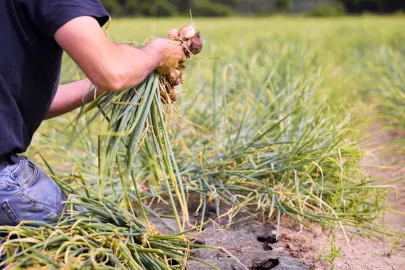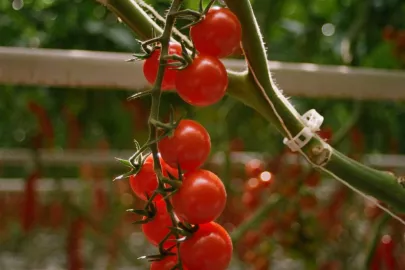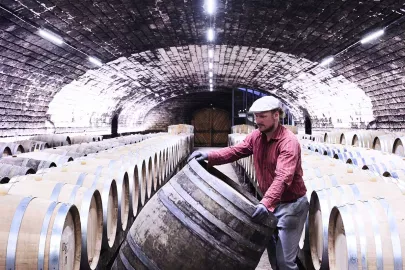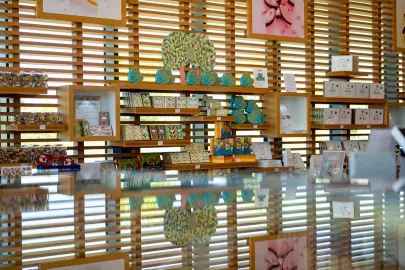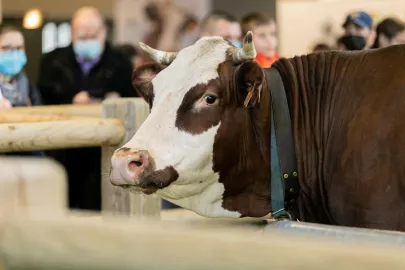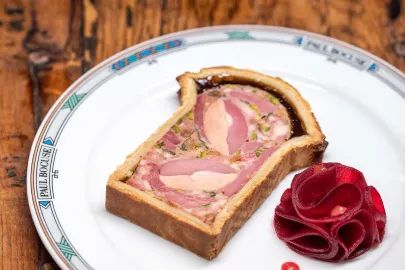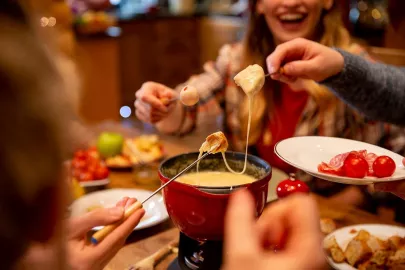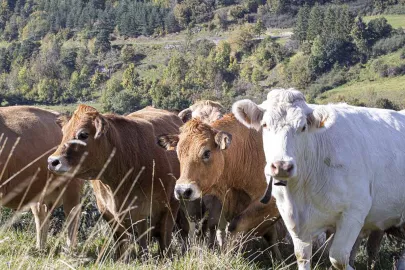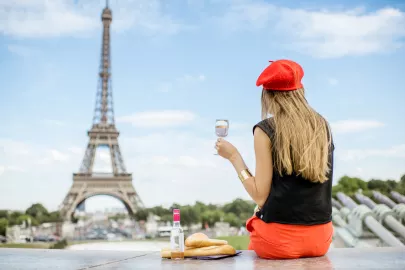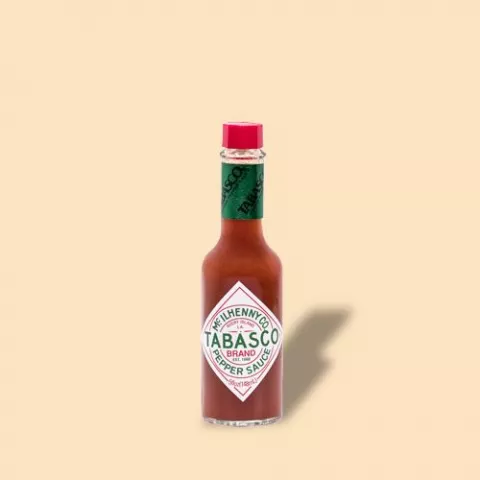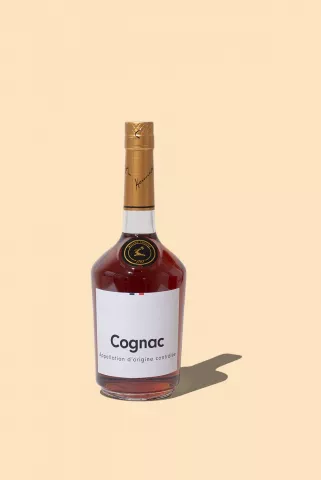Philippe Chatillon takes a precise, specialized approach to winegrowing and vinification on his 3.5 hectare estate in the Jura – the perfect spot for wine adventures on a human scale. Take a tour of the estate.
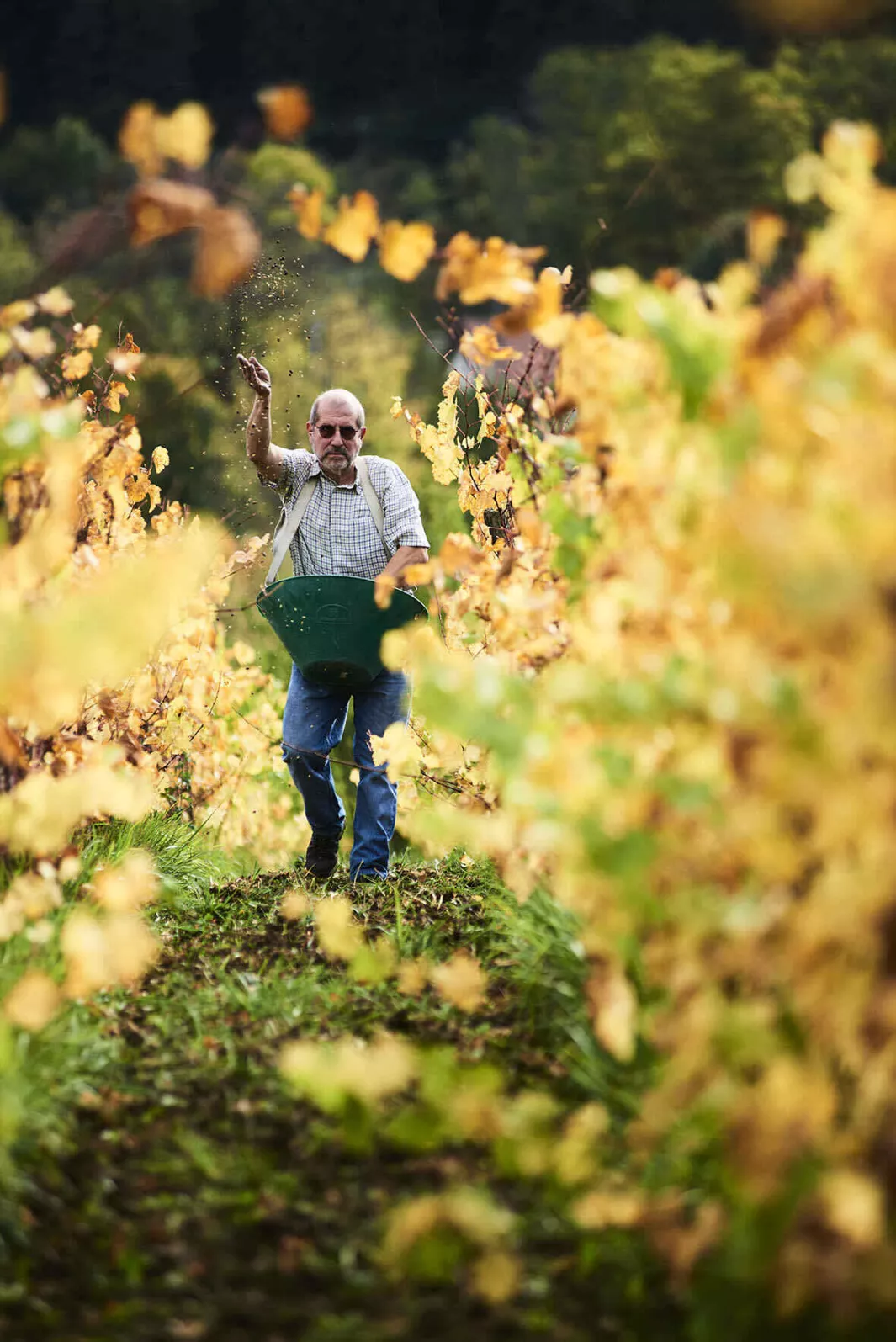
Like Roussillon, the Jura is one the winegrowing revelations of the last ten to fifteen years. Squeezed between Burgundy and the Swiss border, this region was once an unknown quantity to most wine merchants and sommeliers. They might, at a push, have had a bottle or two of vin jaune gathering dust at the back of their cellar. But that’s where it ended. Specialist guides would seldom devote an entire chapter to Jura, preferring to append it to the Savoie region, and the public only had vague notions about local wines. How times have changed. The current trend towards fresher, less heady wines has definitely got something to do with it. The land is also still affordable, attracting talented young winegrowers who have followed in the footsteps of local big cheeses like Stéphane Tissot and Jean-François Ganevat. And it's no wonder why, because the Jura has a lot going for it.
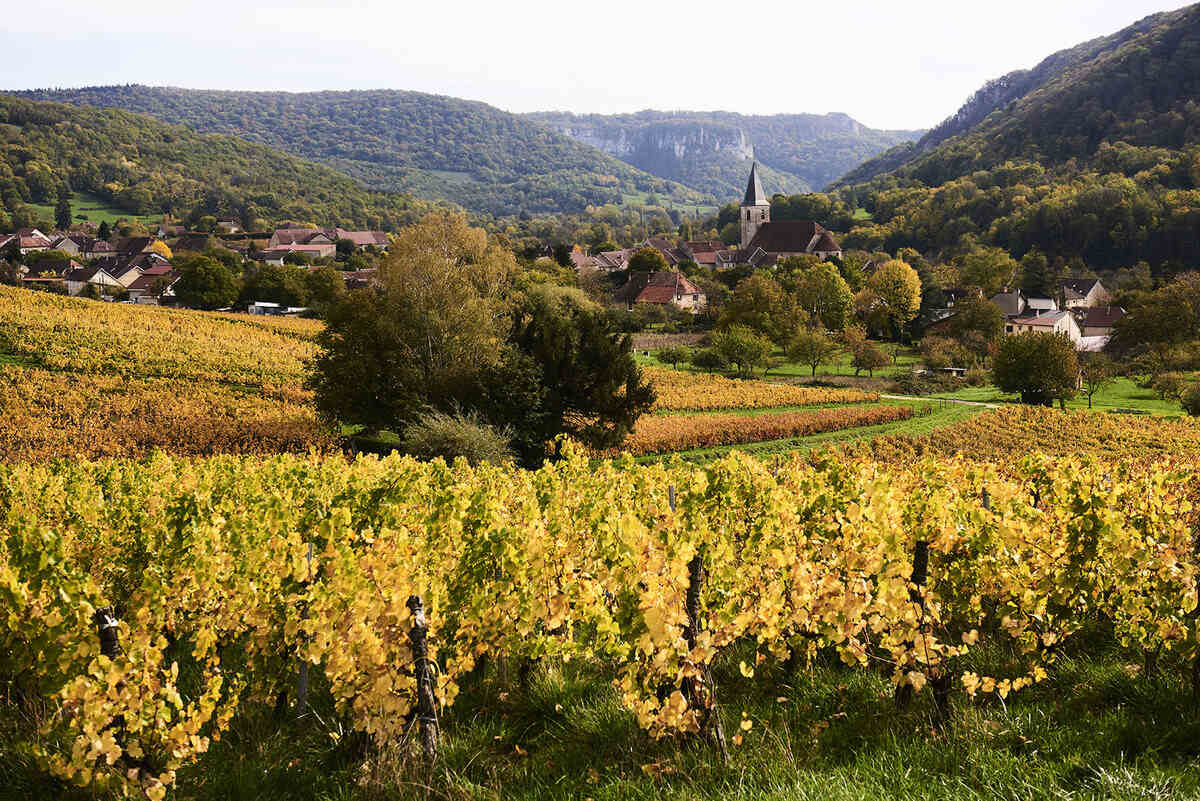
© Louis-Laurent Grandadam
Unique vineyards
For starters, the vineyards look gorgeous, hugging the rolling foothills of the first plateaus of the Jura Mountains, with vines planted on rounded hillsides or steeper slopes. What a landscape! The region also has a pretty unique personality: it may share Pinot Noir and Chardonnay with neighboring Burgundy, but it also has varieties all of its own, such as Savagnin in white, and Trousseau and Poulsard in red. They all produce unique wines, in addition to the surprising vin jaune and straw wine, which pair with an array of dishes. Savagnin and Comté cheese make a particularly happy couple. Used to produce vin jaune, this grape variety is known for its oxidative notes, such as walnut and curry, which marry perfectly with poultry and spicy dishes. Red Poulsard, with its light color, fruity, peppery notes and discreet tannins, is a joy with cured meats and makes a great wine to share with friends and nibbles. Slightly more colorful and intense, but never overpowering, Trousseau also makes an excellent dinner guest to enjoy with meat dishes. Made from grapes left to dry to concentrate their sugar content, straw wine is sweet without the heaviness. Delicious with tarts made from white or yellow fruits, it can also be enjoyed alone as a dessert in itself.
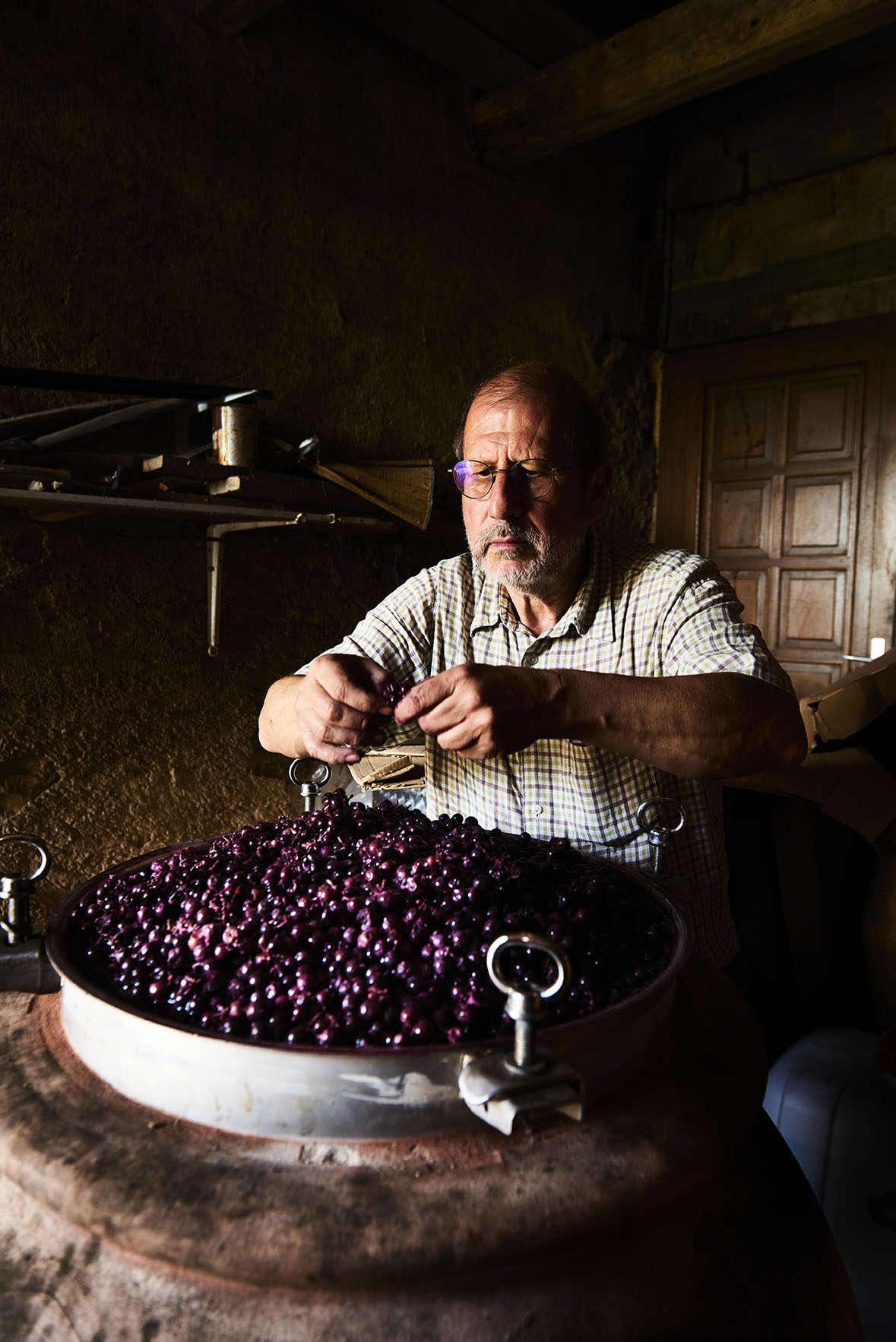
© ©Louis-Laurent Grandadam
A winegrower in touch with his senses
Besides its quality vineyards and wines, the Jura is home to some incredibly talented winegrowers who have made it their business to unlock the region’s huge potential. We met one of them: Philippe Chatillon. Once a land agent on one of the region’s large estates, he was among the first to switch to organic production in the late 1990s before turning to biodynamic farming. In 2009, he left the property and moved to Lirac and then Bordeaux before returning to southern Jura in 2013 to run his own estate, which is also organic. Today he works 3.5 hectares of vines, mostly plots in Arbois, including on the celebrated Coteau des Nouvelles. He grows large quantities of Savagnin, the region’s leading white grape variety, along with Chardonnay, Pinot Noir, and a plot planted with various ancient native varieties. This winegrower is not organic for the label or the money, but by conviction. He tells us, for example, how he spreads green manure just after the harvest to restructure the soil and supply the “nitrogen the plant needs.” A great believer in the senses, he is big on experiments, and searches for energy in wine and its “vibratory” qualities, and is fascinated by sensory analysis for wine tasting, which he also taught.

© ©Louis-Laurent Grandadam
Pure wines
What do his wines have in common? Intensity (not to be confused with exuberance or power), depth without heaviness (the opposite in fact), and smoothness, allowing for the pure and unmitigated expression of its grape and terroir. Highly drinkable, these wines carry the ‘Vin méthode nature’ label, the first official classification awarded to natural wines. It also has a deliciously mouthwatering finish, making it impossible to resist a second glass.
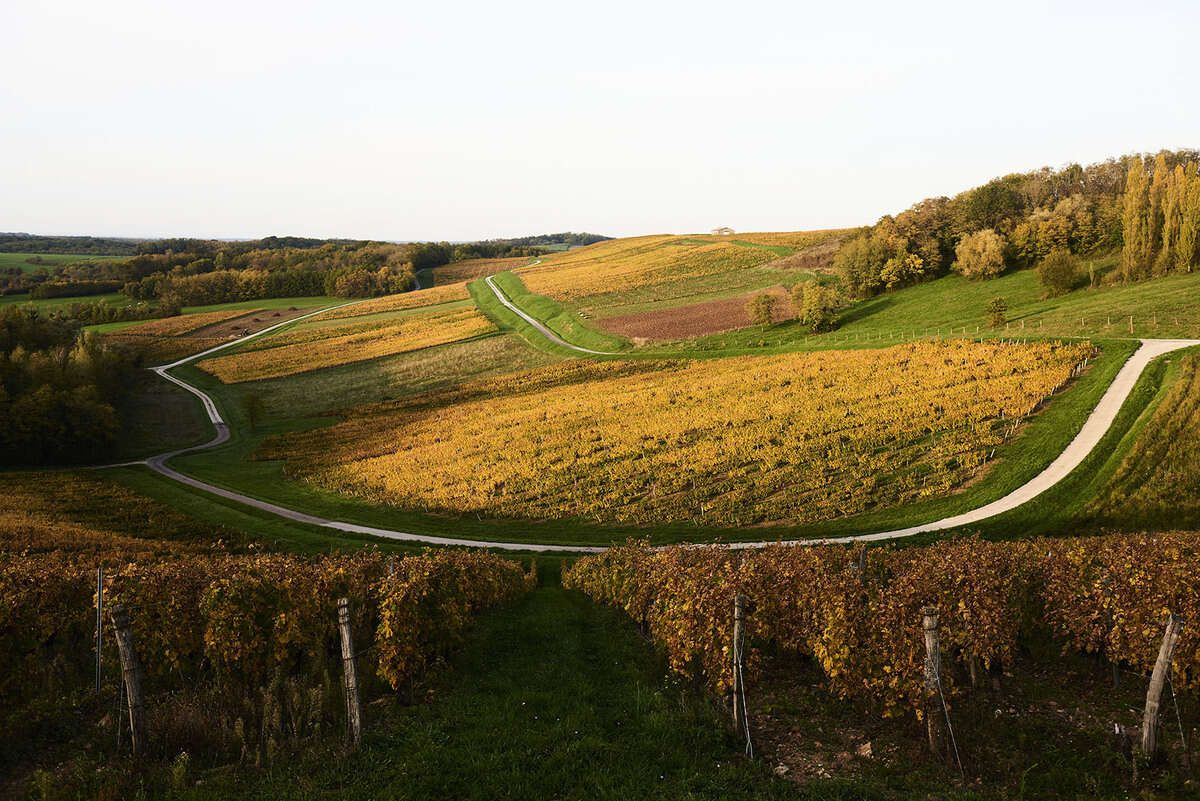
© ©Louis-Laurent Grandadam
Taste France Magazine’s selection
Arbois, Savagnin ouillé – “Amphore” 2021
An assemblage of various Savagnin varieties macerated in amphorae for six months. This extremely bright cuvée has a distinctive juicy character that gives one a strong desire to uncork another bottle.
Arbois, Savagnin ouillé – “Sage Vagnin” 2020
Another Savagnin cuvée. Lots of depth, extremely complex aromas with notes of gun flint and pleasant bitter flavors that give the wine a certain firmness. A mouthwatering, opulent finish.
Vin jaune - 2014
If you’re familiar with the oxidative character of vin jaune, you’ll know it can sometimes dominate the wine, but this one bucks the trend. Extremely fresh, it reveals itself in subtle touches, almost like an Impressionist painting. Notes of apple, curry and mushrooms. Delicious!
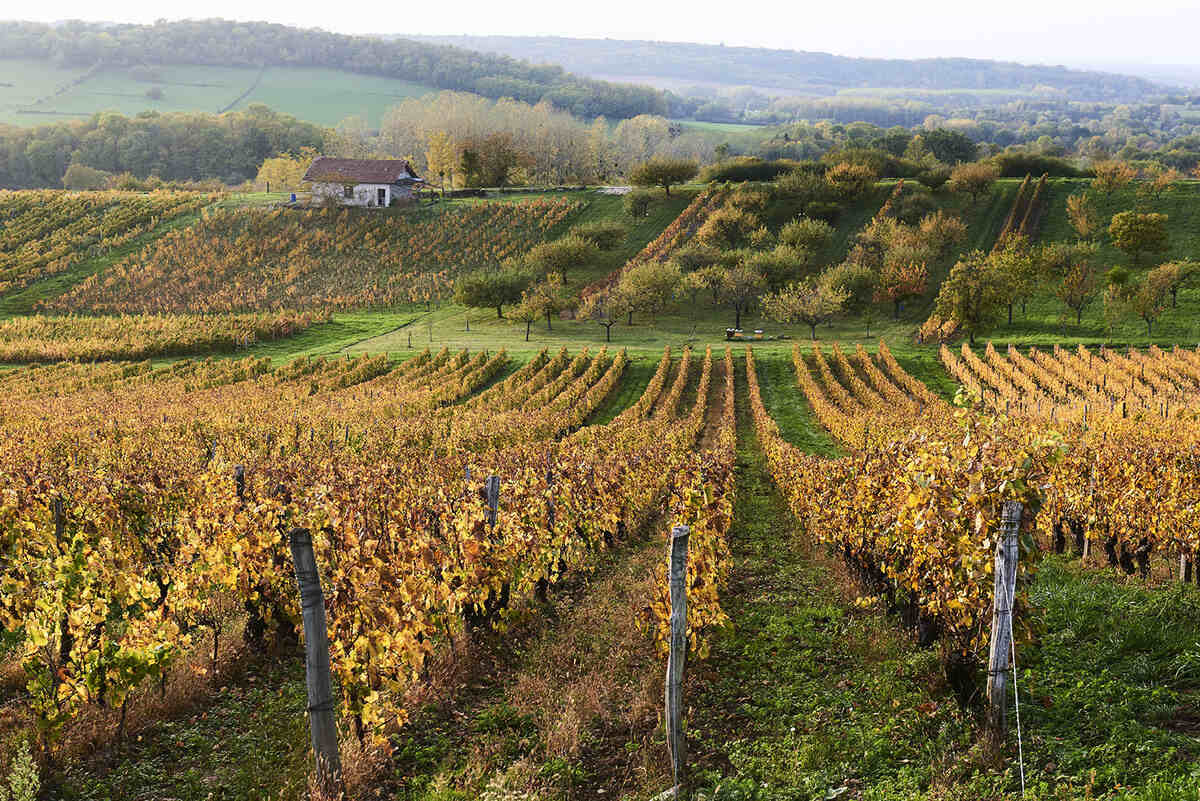
© Louis-Laurent Grandadam
Contributeur

Editor

